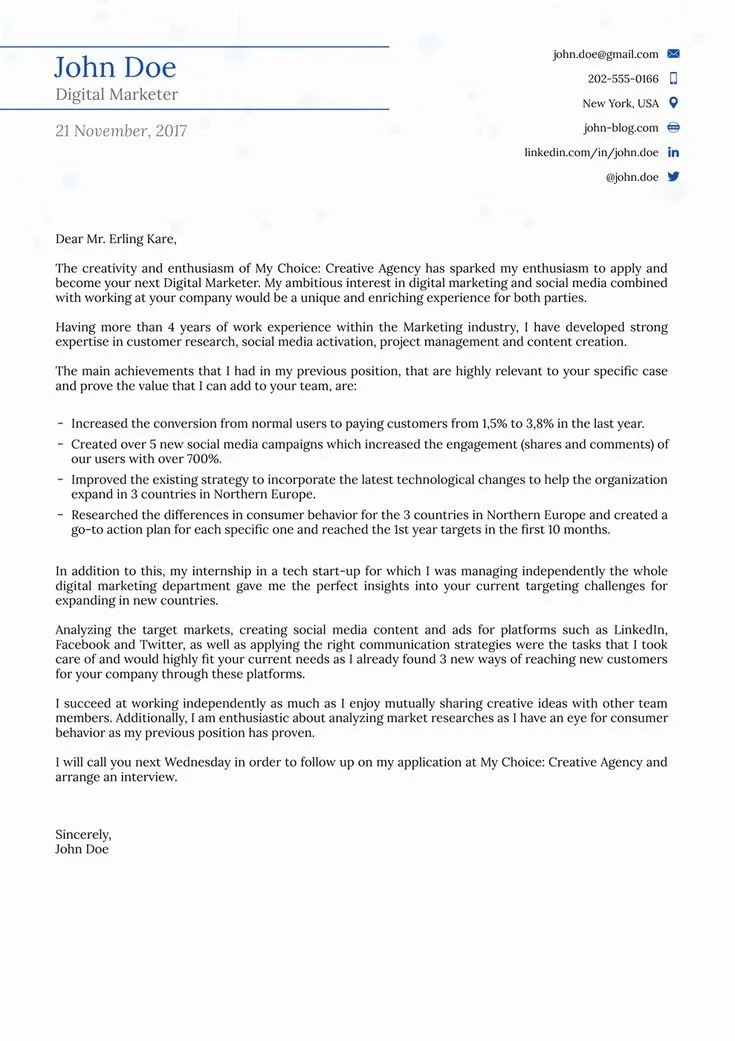Cover Letter Tips 101 How to Stand Out
A cover letter is your first impression, a chance to demonstrate your personality, skills, and enthusiasm. But what information goes on a cover letter? It’s not just a regurgitation of your resume; it’s a carefully crafted document that highlights why you’re the perfect fit for the job and the company. It’s your opportunity to connect with the hiring manager on a personal level and make a compelling case for why they should invite you for an interview. Mastering the art of the cover letter is crucial in today’s competitive job market. So, let’s dive into the essential components that will help you create a cover letter that truly stands out. We’ll cover everything from the basic contact information to the all-important call to action, ensuring you have all the tools you need to succeed.
Contact Information
The foundation of any professional communication starts with accurate contact information. This section ensures the recipient knows who you are and how to reach you. Missing or incorrect contact details can lead to missed opportunities, so meticulous attention to detail is paramount. Proper formatting and completeness not only look professional but also demonstrate your commitment to accuracy and attention to detail, qualities highly valued by employers.
Your Name and Contact Details
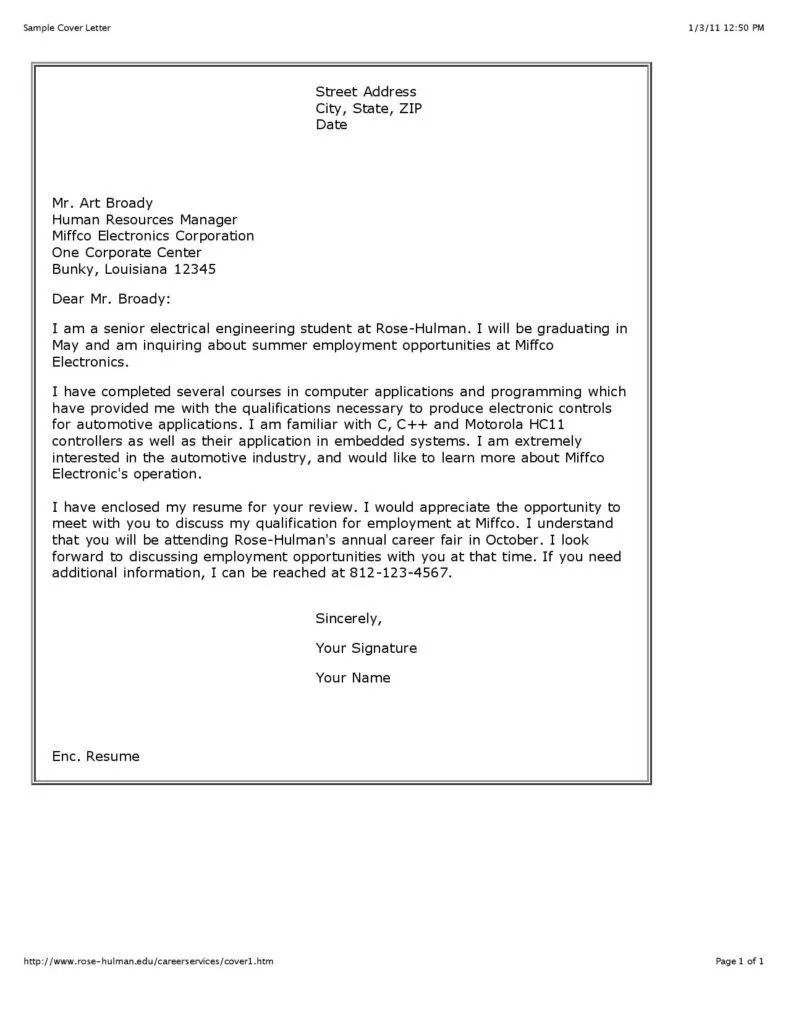
At the top of your cover letter, include your full name, address, phone number, and email address. Ensure your email address is professional and appropriate for business correspondence. It’s also a good practice to include a link to your professional online profile, such as LinkedIn. Double-check all information for accuracy before submitting your letter to avoid any communication errors.
Recipient’s Information
Below your details, include the hiring manager’s name, their title, the company name, and the company’s address. If you can’t find the hiring manager’s name, address the letter to ‘Hiring Manager’ or the department you’re applying to. Researching and including the correct recipient’s information shows you’ve taken the initiative to personalize your application, which can make a positive impression. Use resources like LinkedIn or the company’s website to find the correct details.
Professional Greeting
The greeting sets the tone for your entire cover letter. Avoid generic greetings like ‘To Whom It May Concern.’ Instead, address the hiring manager by name. This personalization shows you’ve done your research and makes a better first impression. Use the correct title (Mr., Ms., Dr.) to show respect. If the name isn’t available, a good alternative is to use the department name, like ‘Dear Hiring Team’ or ‘Dear [Department Name]’.
Body Paragraph 1 Expressing Interest
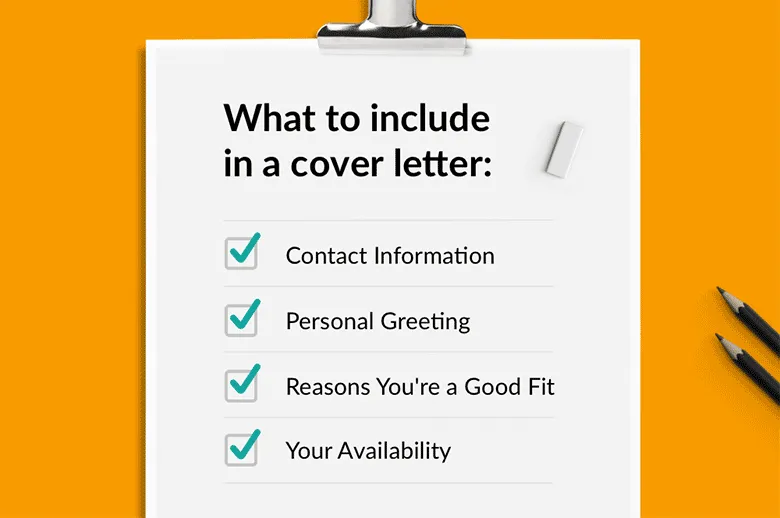
This is your opportunity to capture the reader’s attention and express your enthusiasm for the position. The first paragraph is critical; it sets the stage and encourages the reader to continue reading. Here, you should briefly state the position you’re applying for and how you learned about it. It’s also an excellent place to provide a brief, compelling reason why you’re interested in the company and the role. Make it clear that you’ve researched the company and understand their values or mission.
Opening Statement
Start your cover letter with a strong, engaging opening statement. Instead of a generic introduction, aim to make an immediate impact. Briefly mention the position you’re applying for and where you saw the job posting. Then, connect your key skills or experiences to the job requirements. Show genuine interest in the company and what you can bring to the table. This sets a positive and proactive tone.
Company Research
Demonstrate your interest by mentioning something specific about the company that appeals to you, such as their mission, values, or recent achievements. Show that you understand their work and how you can contribute. This shows that you haven’t just sent out a mass application; instead, you’ve tailored your letter specifically for their company. Reference specific projects, initiatives, or recent news from the company to demonstrate your genuine interest and your understanding of their business.
Body Paragraph 2 Highlighting Skills and Experience
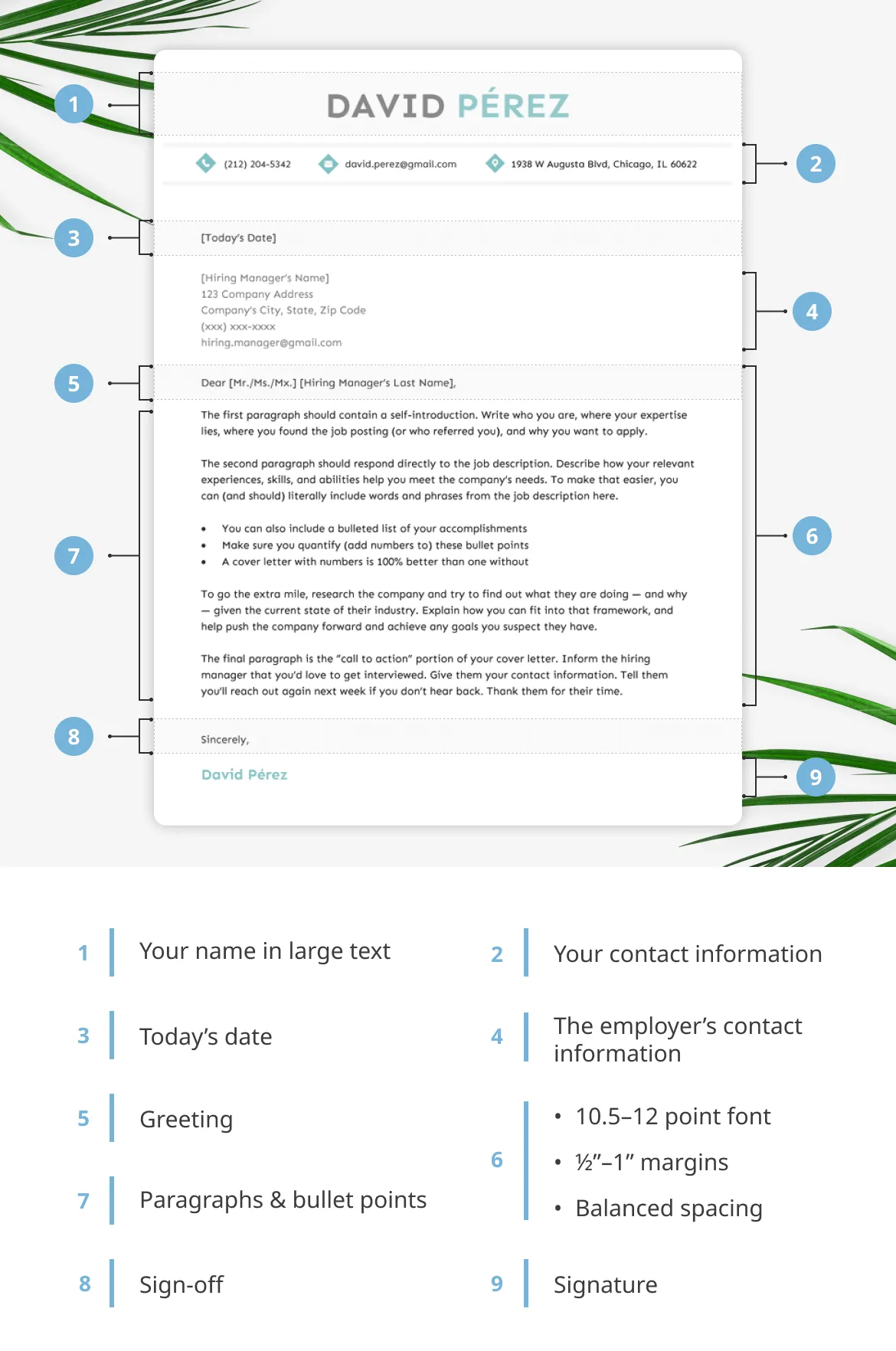
This paragraph is where you showcase your skills and experience. Go beyond simply listing your qualifications; instead, show how your skills align with the job requirements. Provide specific examples of your achievements and the impact you’ve made in previous roles. Use action verbs to describe your accomplishments, and make sure to quantify your results whenever possible. This section should strongly persuade the hiring manager that you meet the job’s requirements.
Relevant Skills and Accomplishments
Focus on the skills and accomplishments that directly relate to the job description. Use keywords from the job posting to highlight the skills they’re looking for. Provide concrete examples and the impact you made in previous roles. Show, don’t just tell, your skills by illustrating how you’ve applied them. Demonstrate your problem-solving abilities, leadership skills, and how you’ve contributed to team success. Include specifics to give the reader a clear picture of your capabilities.
Quantifiable Achievements
Wherever possible, quantify your achievements with numbers, percentages, or specific results. For example, instead of saying ‘Improved customer service,’ state, ‘Increased customer satisfaction scores by 15%.’ Use data to demonstrate the value you brought to previous employers. Using quantifiable achievements helps make your claims more credible and provides concrete evidence of your abilities. Ensure the data aligns with the company’s goals and the job’s expectations. This makes your accomplishments more tangible and impactful.
Body Paragraph 3 Connecting Your Value
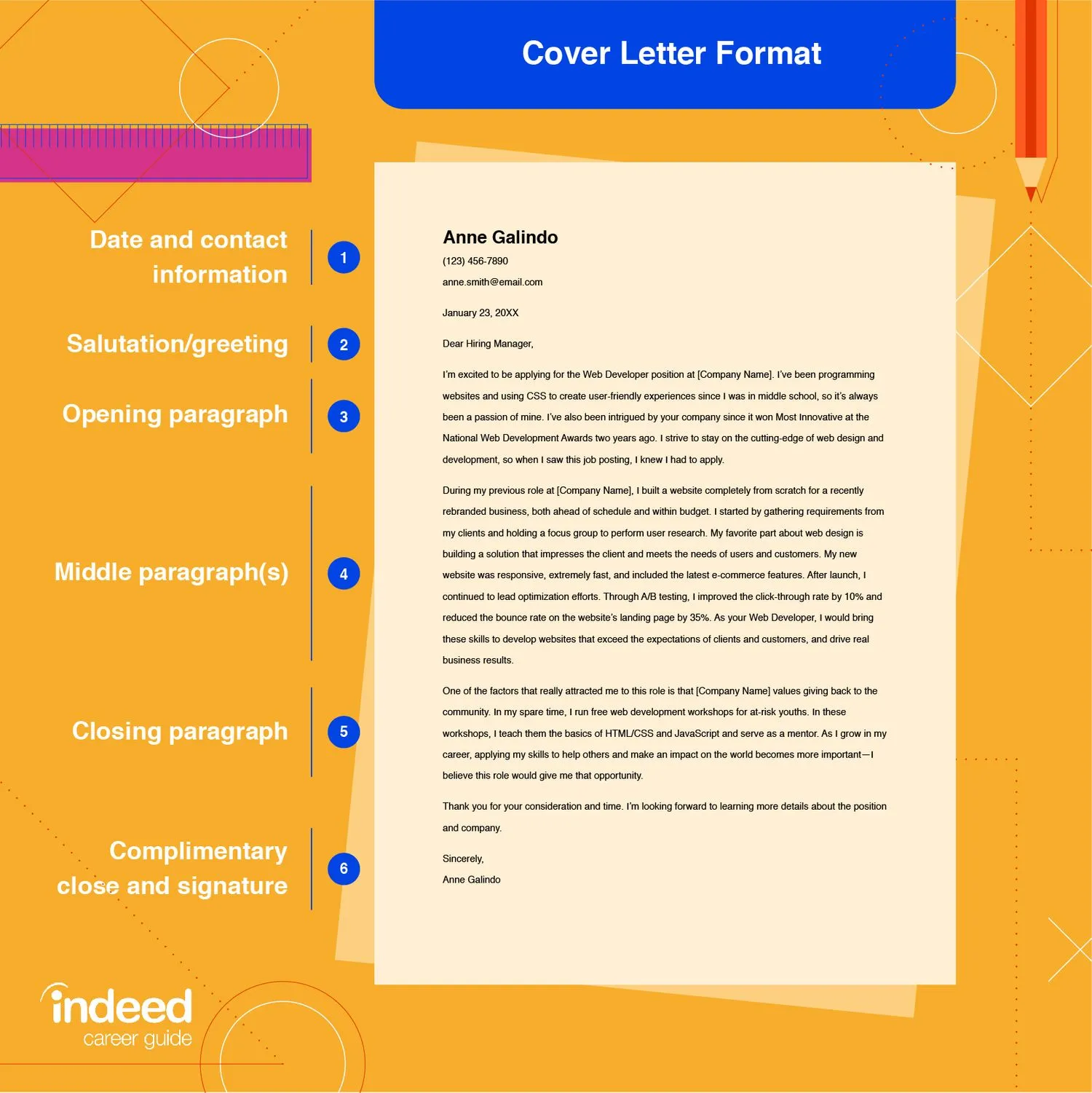
In the final body paragraph, you connect your skills and experience to the company’s needs. Explain how your qualifications will benefit the organization and why you’re the ideal candidate for the position. Emphasize your enthusiasm for the role and how you see yourself contributing to the company’s success. This shows the hiring manager that you have considered not only the job description but also the company’s objectives.
Why You’re a Good Fit
Explain why you believe you are a good fit for the role. Connect your skills, experience, and personality traits to the job requirements and the company culture. Mention how your experience makes you uniquely qualified to address the company’s challenges and contribute to their goals. Showing that you understand the company’s needs and how you can fulfill them is critical for highlighting your value.
Tailoring Your Letter
Customize your cover letter for each application. Avoid using a generic template. Research the company and the specific role to ensure your letter addresses their specific needs and expectations. Demonstrate that you have taken the time to understand the company’s mission, values, and the role’s responsibilities. This tailored approach shows your genuine interest and professionalism. Personalize the content to reflect the company’s culture and requirements.
Closing and Call to Action
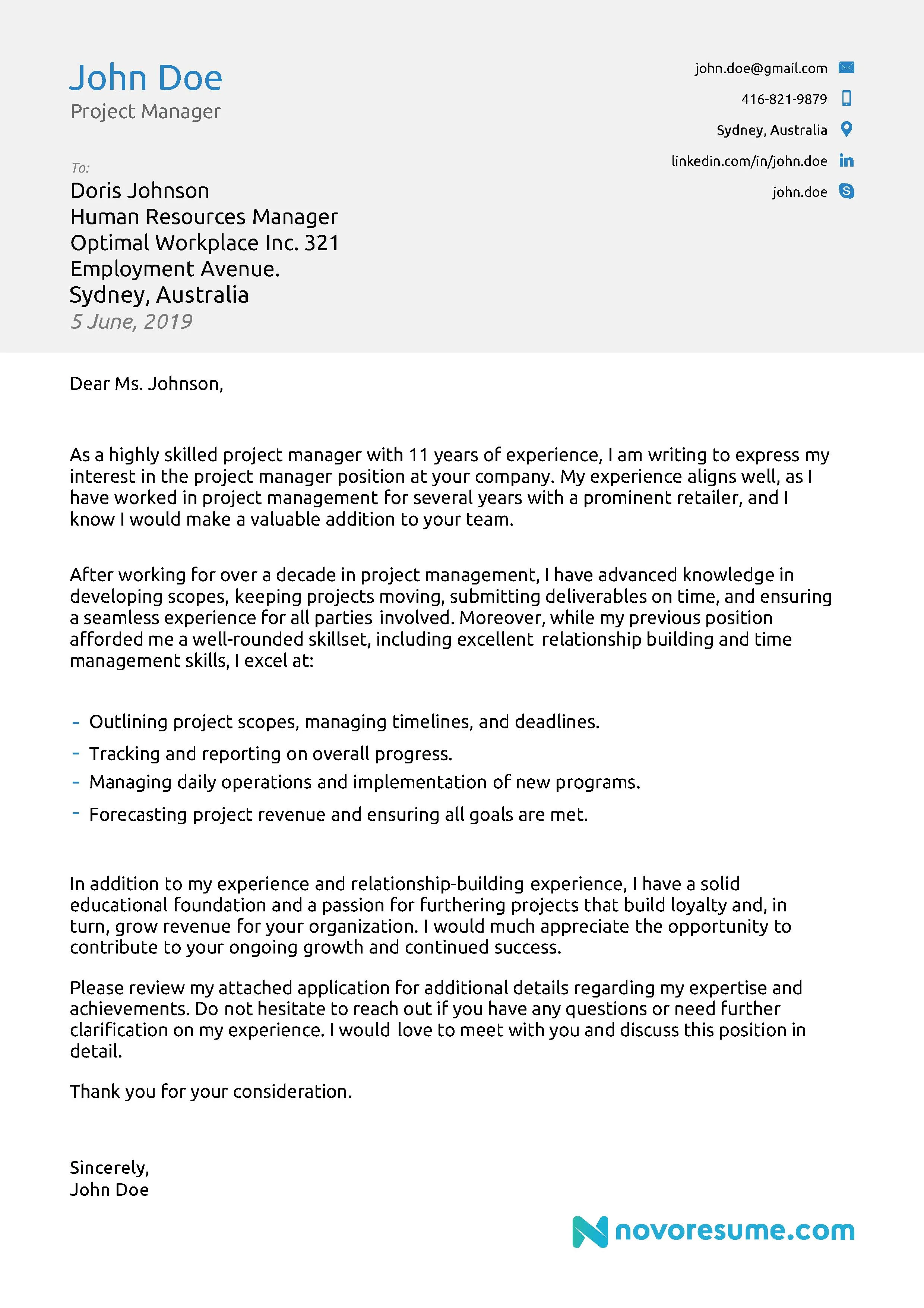
The closing is your final opportunity to reinforce your interest and encourage the hiring manager to contact you. The way you close your cover letter can significantly influence the reader’s impression. A strong closing leaves a lasting impact, and this section should be carefully crafted to summarize your value proposition.
Professional Closing
Use a professional and courteous closing, such as ‘Sincerely,’ ‘Best regards,’ or ‘Thank you for your time and consideration.’ Avoid informal closings like ‘Thanks’ or ‘Cheers.’ Maintain a professional tone throughout the letter. Ensure that your closing reflects the tone you’ve established throughout the letter, and it should be consistent with your overall brand.
Call to Action
End with a clear call to action. Express your eagerness to discuss your qualifications in more detail and reiterate your contact information. Specifically state that you look forward to hearing from the hiring manager soon. Encourage them to contact you for an interview. Make it easy for the hiring manager to take the next step. Including a call to action increases your chances of moving forward in the application process. Ensure your call to action is clear and easy to follow.
